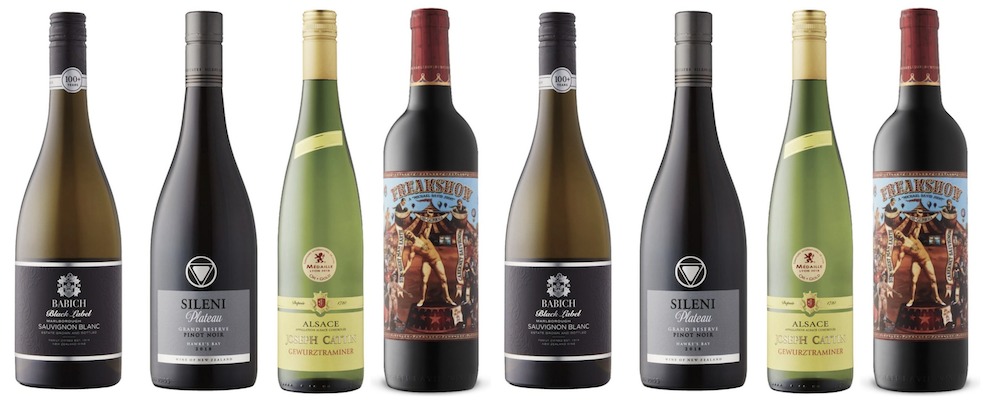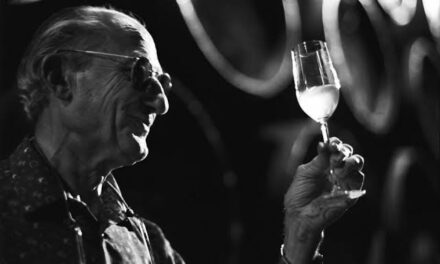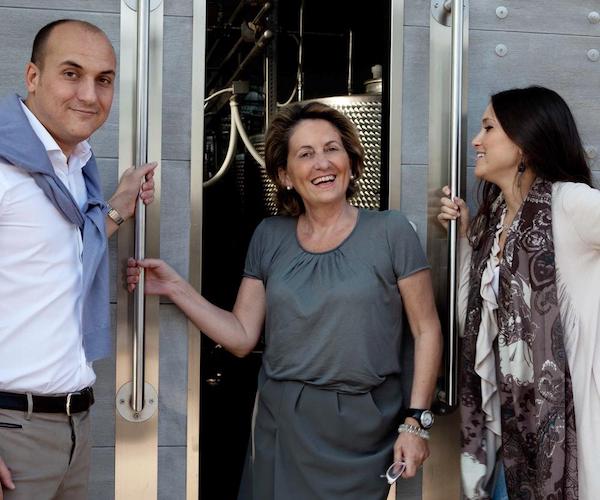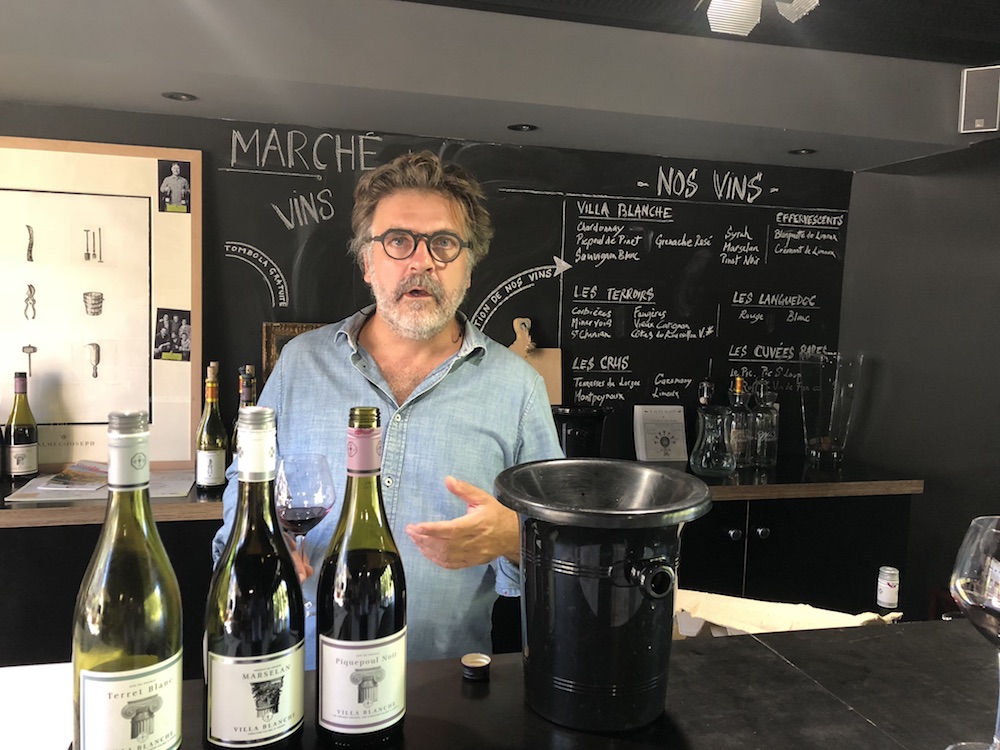There are rosés and then there is Tavel.
 It’s spring time and soon we’ll be drinking wine outdoors as well as in. We are, therefore, approaching the season of rosé. Not that’s it’s not possible, nor fun, to drink rosé in winter. I did in January in and around the Provençal village of Tavel for a few days. I was there as a guest of the Syndicat Viticole de l’Appellation Tavel, who wished to impress upon me that the pink wines of the AOC on the right bank of the Southern Rhône were different (and better) than the other rosés of France and, by extension and assumption, the rest of the world. They were mostly successful. There is a good reason to reach for a bottle Tavel rosé over others, and it all has to do with food.
It’s spring time and soon we’ll be drinking wine outdoors as well as in. We are, therefore, approaching the season of rosé. Not that’s it’s not possible, nor fun, to drink rosé in winter. I did in January in and around the Provençal village of Tavel for a few days. I was there as a guest of the Syndicat Viticole de l’Appellation Tavel, who wished to impress upon me that the pink wines of the AOC on the right bank of the Southern Rhône were different (and better) than the other rosés of France and, by extension and assumption, the rest of the world. They were mostly successful. There is a good reason to reach for a bottle Tavel rosé over others, and it all has to do with food.
Tavel is the only wine appellation in the world that insists on the sole production of rosé, so one would expect the vignerons there would be pretty good at it. They, by and large, are. (They almost all make red and white wines too, as I explained in this Tavel overview, just with grapes from neighbouring appellations like Lirac and Châteauneuf-du-Pape). They are serious about it; they’re not using second or third quality grapes to make their rosés. The winemakers of Tavel are using their best Grenache, Cinsault, Syrah, Mourvèrdre, Clairette, Carignan, Picpoul and Calitor to to make pink wine. Tavel is not byproduct, or a bit of fun in the cellar. It’s the star of the show.
As the star of the show, a well made bottle of Tavel ought to carry a meal. As a result, most of the wines of Tavel, despite their bright red fruit freshness, carry some structure, some gentle tannins. Tavel will stand-up, and compliment, big flavours like foie gras and fresh truffle, or gentler ones like a ceviche of scallops dressed in olive oil ans sea salt. Tavel is, in other words, a vin gastronomique.
The 2015 Tavels will soon be showing up on this side of the Atlantic. At a blind tasting staged for the group of Canadian journalists I traveled with the 2015 vintage did better than the 2014. This could have been the result of vintage variation, or it might suggest that the wines do better fresh. At another tasting over dinner some older vintages of Tavel showed they could age, grow in complexity but retain freshness, so go the mysteries of wine.
Here are some of the Tavel producers I tasted that I particularly like and see their way to the Ontario market:
- Château d’Acqueria, aqueria.com
- Château de Manissy, chateau-de-manissy.com
- Domaine LaFond Roc-Epine, roc-epine.com
- Domaine Maby, domainemaby.fr
- Domaine de la Mordorée, domaine-mordoree.com
P.S. The village of Tavel, where most of the actual wineries (as well as a very well respected Co-operative) are based is beautiful and well worth a visit. Built in the local white limestone, it features a very pretty “laundry” pool in its centre, surrounded by stone walled allotment gardens.

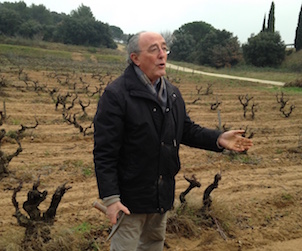
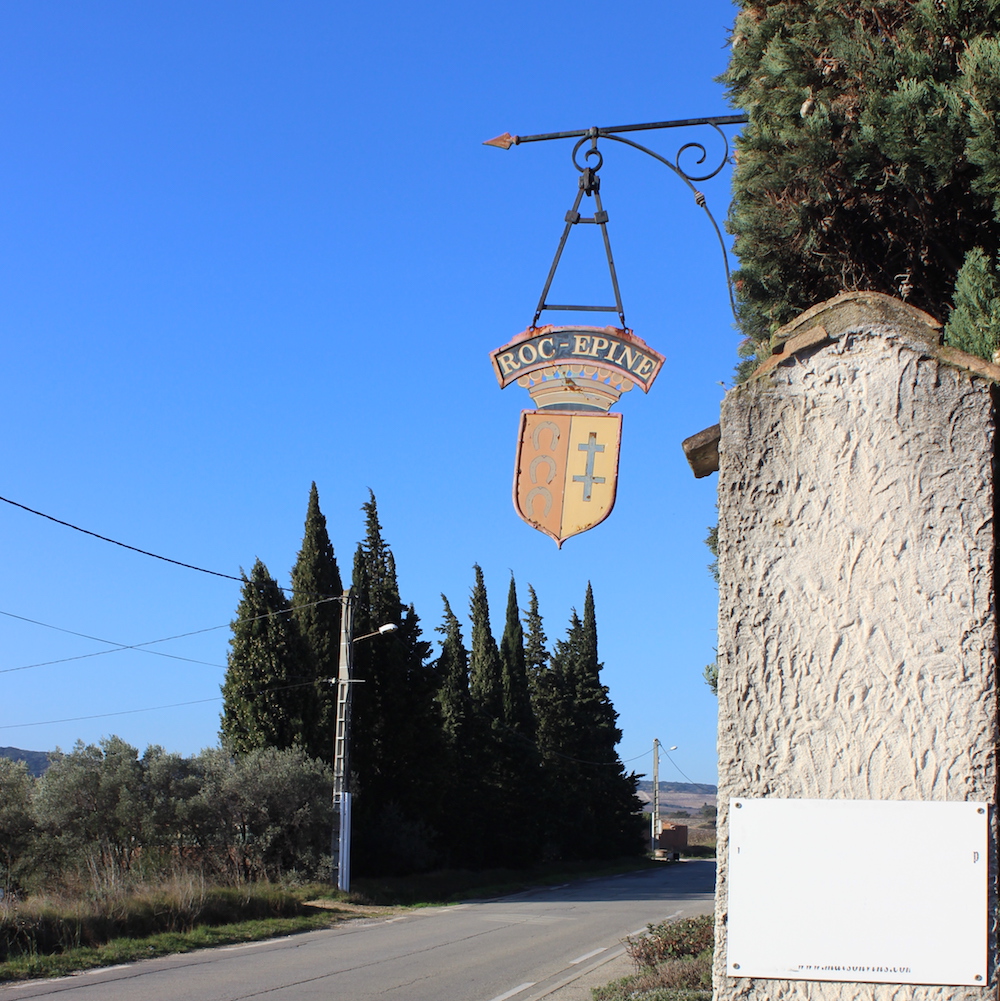
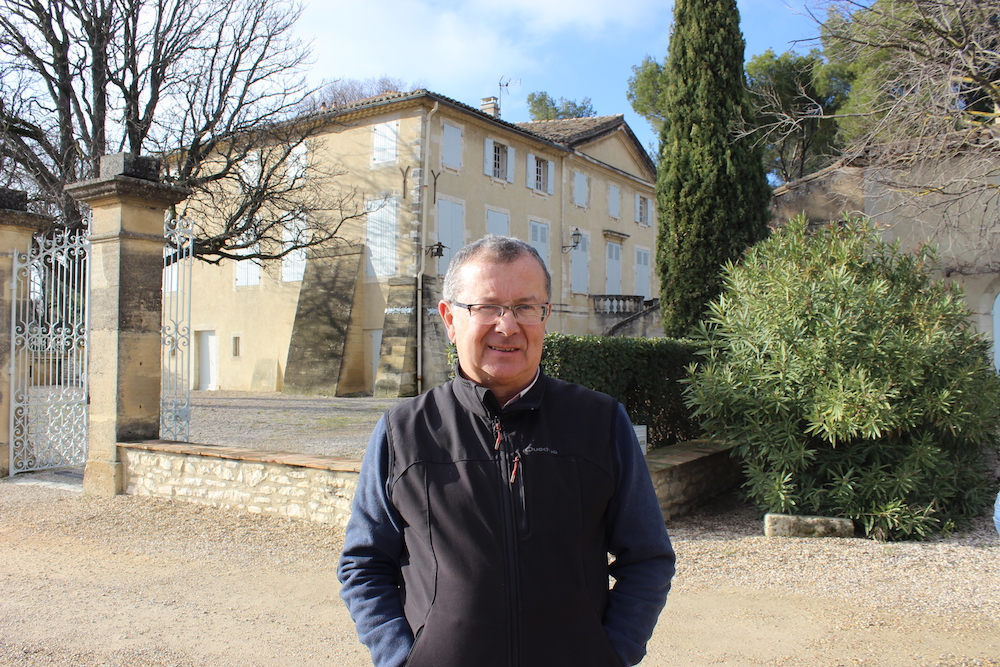
 Malcolm Jolley is a founding editor of Good Food Revolution and Executive Director of Good Food Media, the company that publishes it. Follow him on Twitter or Facebook.
Malcolm Jolley is a founding editor of Good Food Revolution and Executive Director of Good Food Media, the company that publishes it. Follow him on Twitter or Facebook.
